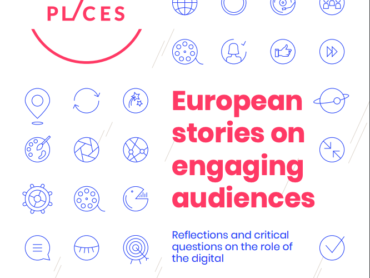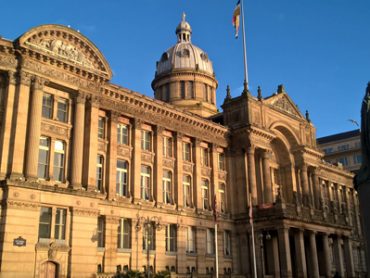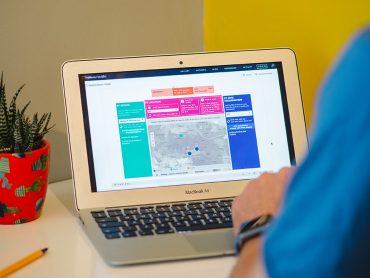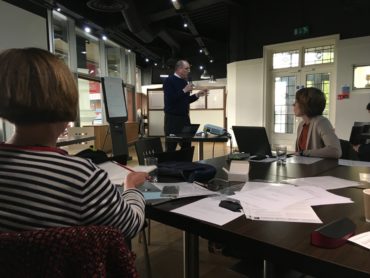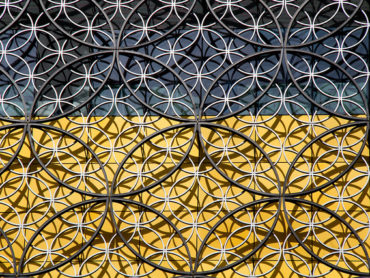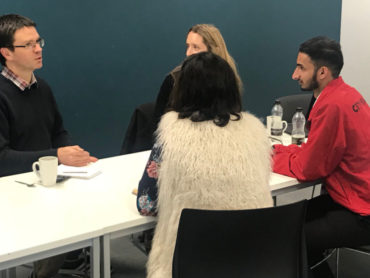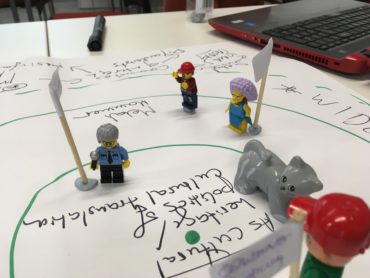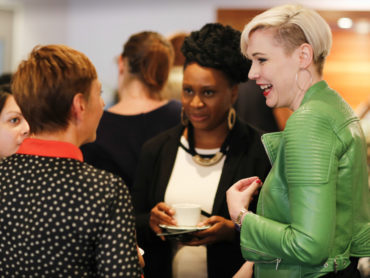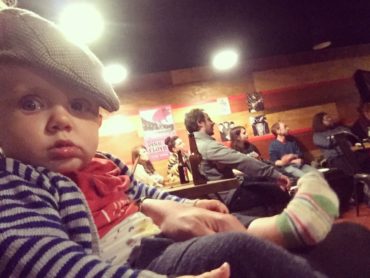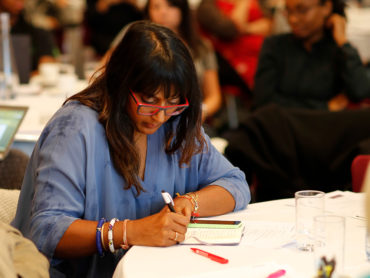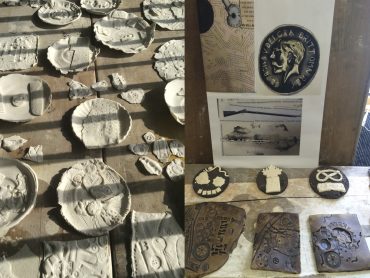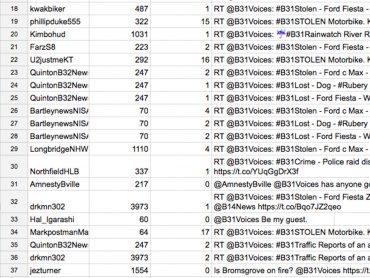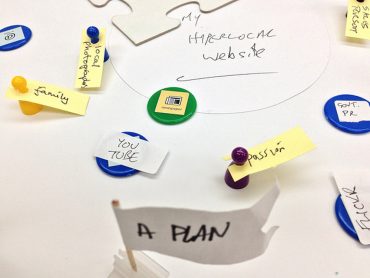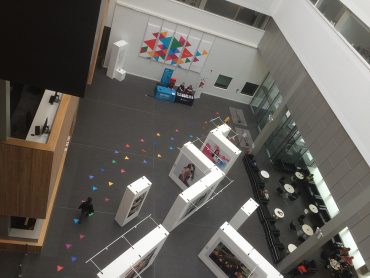ASTONish symposium
Post by Nona Wyld
ASTONish is a programme that looked at cultural leadership and creative entrepreneurial training for emerging and established artists. The programme concluded with a symposium analysing the successes of the programme and challenges that arose. Participants talked about their experiences, their work and how they plan to move forward following the programme. It was interesting insight into the definition of diversity and cultural leaders define it in relation to themselves.
Lara Ratnaraja, a freelance cultural consultant and producer of the project, discussed a growing representation of identity on screen but a lack of BAME people working in the arts and behind the scenes. They continued to discuss how this can be seen in the wider discussion as professionals are often restricted to their specific area and limiting the conversation.
A challenge here then is, how do we broaden the conversation? Is it up to us as cultural leaders or is it down to the creative and cultural industries as a whole? ASTONish as a programme aimed to open doors and create better and more ‘diverse’ conversations. Participants were able to look more closely at the type of leaders and they are and want to become and how the programme allows them to use their ‘diversity’ as a positive force.
Javaad Alipoor, a writer, theatre maker and director talked about business side of ‘diversity’. The challenges of bringing in diverse audiences by ensuring they are represented on stage. Similarly, Toby Watley, Director of Collections at Birmingham Museums showed examples of exhibitions that have brought communities in to challenge narratives and be in control of ‘diversity’. One example that was discussed was the ‘Coming Out’ exhibition commemorating 50 years since decriminalisation of sexuality.
Those at the symposium had key debate about ‘diversity’, space and authentic narratives. The challenges of handing over power to key groups and communities to feel they have a stake in their representation but also in art and cultural sector. If you don’t see yourself represented, do you then think that is then unachievable? Lara Ratnaraja continued the debate talking about the idea of the ‘risk of diversity’, with the opinion that diversity itself is not a risk. However, we must challenge ourselves within the arts, as creatives are we inherently risky? If our work doesn’t challenge in some form, then what is our purpose?
Sarah Blackstock talked further about space and narratives talking about their own experience of ASTONish and idea we have to fit into boxes to be accepted within organisations, that as ‘diverse’ people we are often categorised into certain stereotypes such as the ‘angry black woman’. The debate looked at how we need to look deeper into our organisations and how we can remove these rigid boxes that deny people the chance to tell their authentic narratives. Cordeilla Cooper, founder of Splat Education and ASTONish fellow, looked at these ideas but from an early stage of education.
Creativity needs to be a greater focus on creativity in education and the creativity in each child. If creativity is limited from an early age, what affect does this have later on and within the cultural industries? Jiten Anand, Curve Cultural Leader and organiser of An Indian Summer festival, discussed his experience of setting up the festival and aspirations to take the festival to other places. They asked what does culture mean to you? They make further comment on the fact that doors have been closed to them and the times people have said no. Thomas Tyrrell, The Ridlaa, talks about this in his work and ‘knocking doors down’ in his way and doing better than yesterday. As creatives, how do we knock these doors down ourselves? Or do we find our own way around?
The symposium was concluded by a plenary and summary of evaluation from Annette Naudin and Millicent Chapanda looking at how findings can be used in research and in the classroom. The importance of spaces to get feedback and evaluate work in progress. How do we keep these successful spaces for artists to share their work and gain acknowledgement along the way?
The symposium allowed participants and others to consider as the title suggested the, ‘new normal’ and our definition of ‘diversity’. The message I took away with me is that we can change the cultural landscapes ourselves by using our ‘diversity’ however we may choose to define it.



